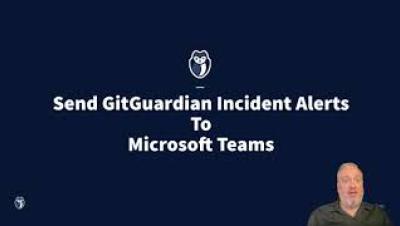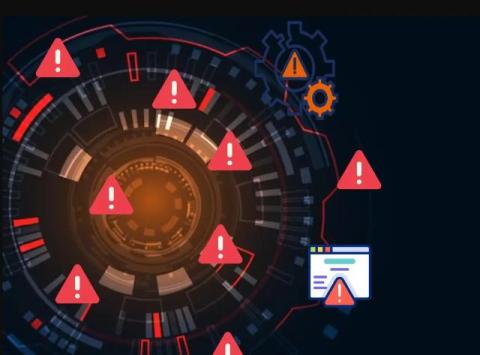How to Solve the Problem of Alert Fatigue
Security Operations Centre (SOC) analysts are at the forefront of cybersecurity defence, managing thousands of alerts every day. The overwhelming volume of these notifications makes it increasingly difficult to distinguish legitimate threats from false positives, leading to analyst burnout and operational inefficiencies. Studies show that up to 62% of alerts are ignored, resulting in missed threats and the further weakening of an organisation’s security posture.











